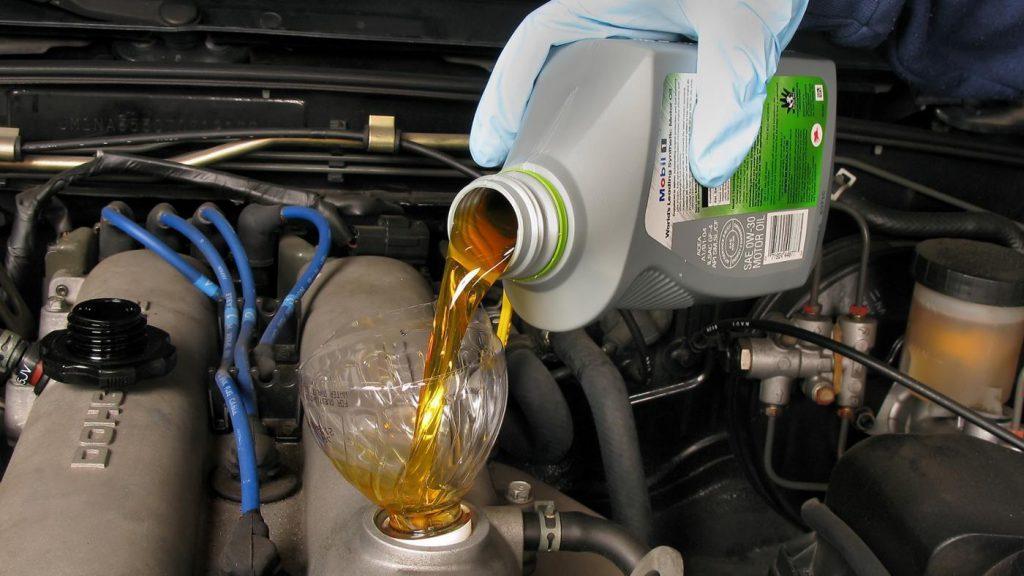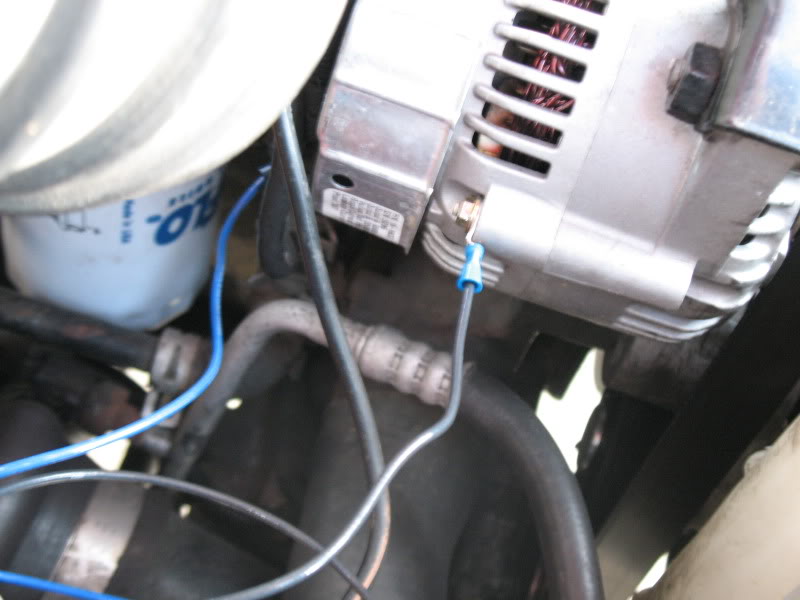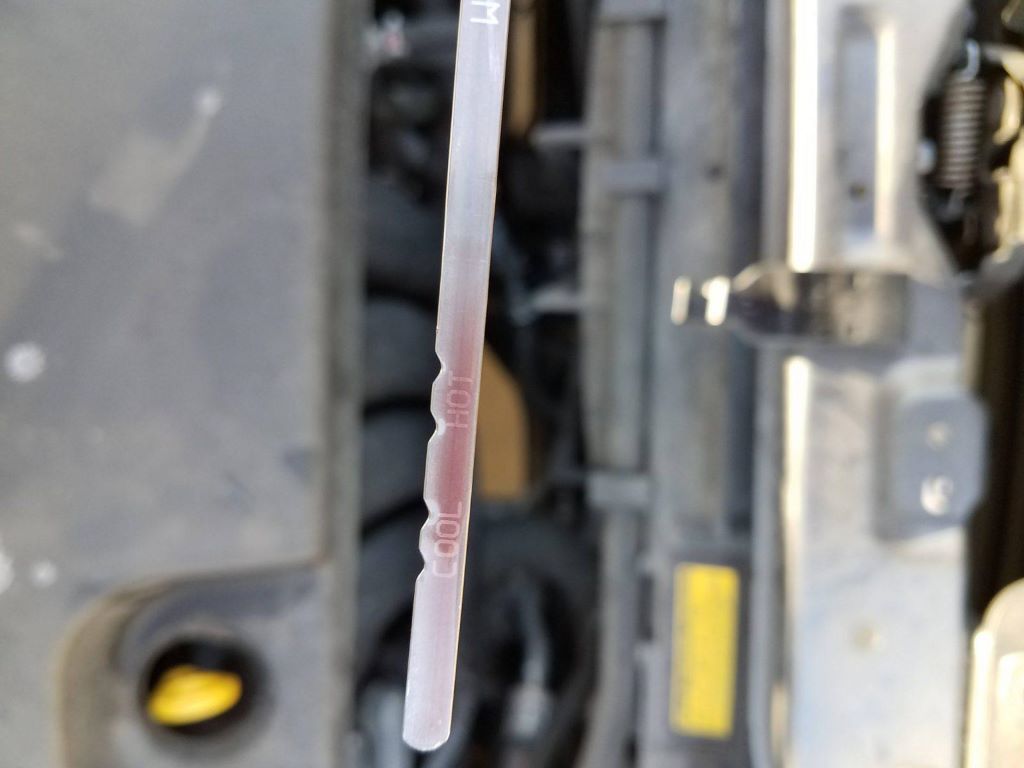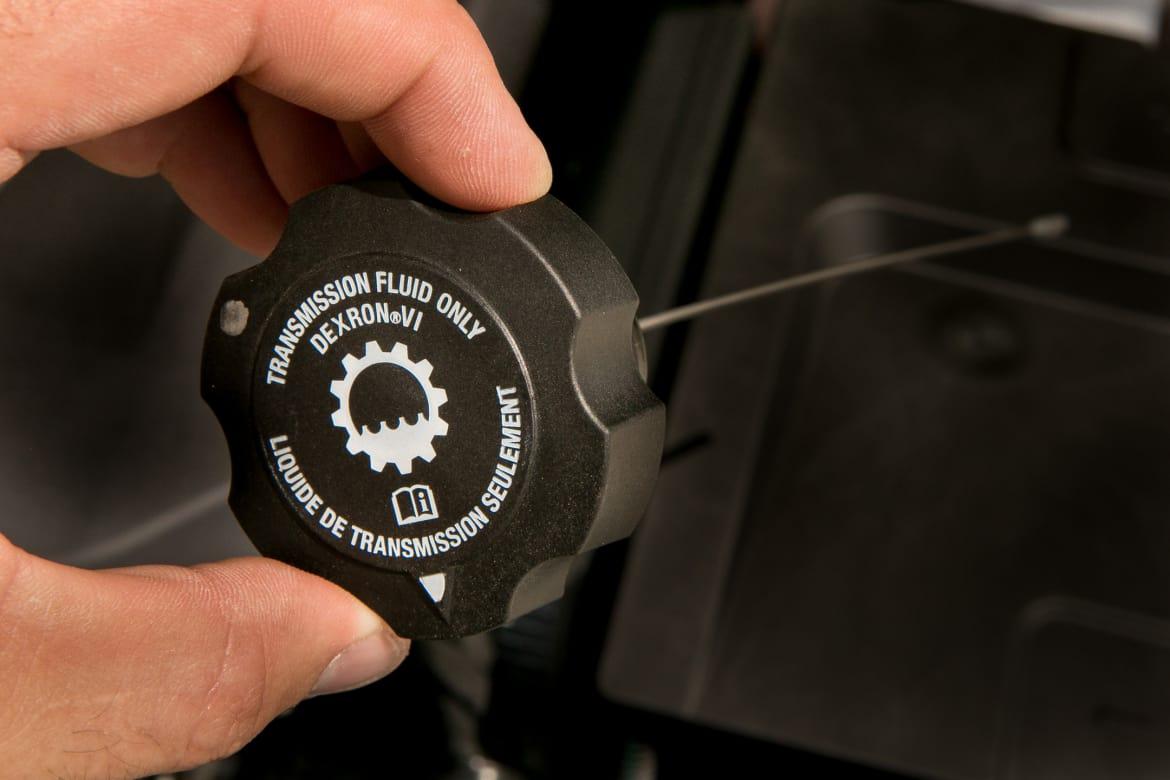Transmission fluid is no less than the lifeblood of the transmission system. It keeps all the components in the system, allowing them to run smoothly. And low transmission fluid symptoms can cause the parts to wear and tear beyond repair.
The damage will be even worse in an automatic car because the automatic transmission fluid (ATF) doubles as an antifreeze to prevent the engine from overheating.
So, follow along for more information on the results of this fluid absence with Car From Japan!
What Does The Transmission Fluid Do?
Its main function is to lubricate the transmission system. The lubrication helps with transferring the engine power to the ground.
The torque converter also uses the fluid to transfer rotation force from the engine to the transmission. The fluid also absorbs the heat created inside the system and dispenses it through the radiator.
Driving on low transmission fluid is extremely dangerous because it could lead to transmission failure and other costly repairs. You should know what happens if your transmission fluid is low and take action immediately when the symptoms occur.
Contents
Low Transmission Fluid Symptoms: 10 Alerts To Keep In Mind
Transmission fluid does not need to be changed during the entire lifespan of a vehicle. However, depending on the car you are driving, you may require to flush it a few times or change it after every 50,000 miles.
The low level of fluid could be the result of it leaking through a cracked or worn-out component. In that case, you have to fix the damaged part and refill the fluid.

How to tell if transmission fluid is low? Watch out for these low transmission fluid symptoms.
Trouble Shifting Gears
The first sign when your car is encountering a transmission fluid low is gear-shifting troubles. Dirt or gunk in the fluid is the primary reason for having a sluggish response from the transmission.
No matter whether you drive a manual or automatic, the oil in the gearbox has to be clean, and free of any dirt residue so that it can flow inside the parts without any snag.
Dirty oil will draw a too-slow response from the gear shifting. Low manual transmission fluid symptoms will make the changing of gears extremely difficult.
Erratic Shifts
Erratic shifts cause the shifting of gear to happen too late or too soon. It is one of the signs of low transmission fluid automatic cars. You could be sure of the problem if there is an accompanying banging sound.
The hydraulic pressure has to be precise and work smoothly for changing the gears in an automatic transmission. A lack of fluid will disrupt the rhythm of the shifting’s timing.
Surging Transmission
The condition causes a vehicle to lurch forward before falling backward during regular driving operations. The inadequate force from the fluid is the only reason for such surging movements.
SEE MORE
- Is Transmission Fluid Compatible with Power Steering Pump?
- Is It a Good Idea to Engage Gear in Traffic in a Manual Car?

Delayed Gear Engagement
The gear stick will produce a delayed response when you move it to the ‘Drive’ or ‘Reverse’ mode. A low level of fluid means low pressure in the transmission, which causes a delay in the gear change.
The response time is around 2 to 3 seconds, which is enough to tell you that there is something wrong with the transmission fluid.
Gear Slippage
Low transmission fluid symptoms also include the slipping of the engaged gear. It does not let the gear stay in the mode you have selected.
If the fluid level is right, the culprit must be the residue buildup that impedes the fluid to flow freely.
Transmission Becomes Overheated
One most important function of the fluid is to keep the transmission temperature at the normal level. When there is not enough fluid to lubricate the components, there will be a huge amount of friction, leading to the production of excessive heat.
You will experience an overheated transmission in case of delayed shifts, gear slippage, power loss, or other related problems as some signs transmission fluid is low.
When you face any symptoms of low transmission fluid, pull off the car immediately to allow the components to blow off the steam. When the temperature is back to normal, try to drive to a servicing shop.
Call a towing service if the symptoms continue. Remember that the transmission system will suffer serious damage in case the temperature arises over 240°F.

Noises
If your transmission is in good operating order, you should not hear any noises when driving since it should shift smoothly. Unusual noises vary not just across manufacturers and models, but also between transmission types.
When you shift gears, manual gearboxes frequently create a loud clunking or grinding noise, whereas automated transmissions whine or hum.
Noises might suggest that the fluid level is low, but you won’t be able to detect the problem on your own. To avoid labor-intensive repairs because of the low transmission fluid sound, get the problem checked out by a professional expert as soon as possible.
Burning Smells
Any bad odor emanating from your vehicle should guide you to the nearest servicing center.
There are various reasons why your automobile may begin to emit a burning odor, one of which is the presence of overheated transmission fluid. This symptom may indicate a low fluid level.
When a gearbox becomes too hot, the friction between the components increases, causing much to build up and damage the transmission. If kept in this state, the transmission will eventually harm itself and become non-functional.
Accelerating Slowly
If your car is slow to start or unresponsive when accelerating from a standstill, it might be due to a gearbox problem.

If you notice that maybe you are driving on low transmission fluid with these above symptoms, take your car to the trusted local service shop and have it inspected and serviced right away.
The Warning Light is On
When a Check Engine light appears on your dashboard, you should always take it to a repair shop to have it checked. This light might appear for a variety of reasons, one of which being a problem with your transmission fluid.
How To Check The Transmission Fluid?
If your car starts showing any of these low transmission fluid symptoms, you should check the fluid level to be sure. Use a dipstick to see if the fluid level matches the one mentioned in the owner’s manual.
You should also look for any color or odor change because bad fluid also leads to plenty of transmission issues. Do the dipstick testing at least once a month and do a fluid change if the color turns brown or black, or the liquid exudes a burning smell.
If the oil level is lower than what it should be, take the car to a garage to find out the source of the trouble – either a leak or a damaged component. The dipstick will ensure whether the problem is with the fluid level or not.
Watch the video below from George Melnik to know how to check transmission fluid level!
Did you enjoy our article about low transmission fluid symptoms above? If you have any question related to this topic, feel free to leave it in the comment section. We highly appreciate your contribution and will answer your question shortly.




Hello help me. How do I check the transmission fluid level in cars without deep stick. I have toyota belta 2010 2SZ FE 1.3 litre engine with no deep stick. I hear modern engines come with no deep sticks.
Please help
My car goes in reverse Not drive after being low on fuel. Do I need major repairs??
My car goes in reverse Not drive after being low on fluid.Do I need major repairs..
I changed the transmission fluid of my car, there after it has low power. what can be the problem?
I have a Toyota Carina 2001 which lurches when I engage reverse or drive. It also goes up to 4500 RPM to shift gear. Atf level is OK and its almost 1year since I changed.
Do we measure ATF when the engine is on,
You have the engine running and in Park mode when you check the fluid level in your automatic transmission box.
Take the dipstick out and wipe clean with a lint free cloth or clean paper. Now put the dipstick back in and then withdraw it. The level should be at least halfway up to the line on the dipstick.
If it’s not, check the type of automatic fluid your car takes and fill it up to the mark. Replace the dipstick.
Job done.
I had no idea that dirt or gunk in the transmission fluid can be the primary reason for having a poor response while shifting gears. My brother bought a used car that he plans on giving to his daughter for her 16th birthday. He has mentioned that the transmission feels a little spotty, so he may want to take it to an auto shop and have it repaired.
Signs which shows that transmission has some sort of malfunctions should not be ignored. Ignorance towards such kinds of warning sign could have disastrous outcomes. Transmission is an important component of the vehicle which plays a crucial function in the performance of the vehicle. Mechanical faults in the transmission bring the transmission to a halt in the middle of nowhere. So, a person should pay proper attention to the maintenance of the vehicle which is essential to keep the vehicle in working order.